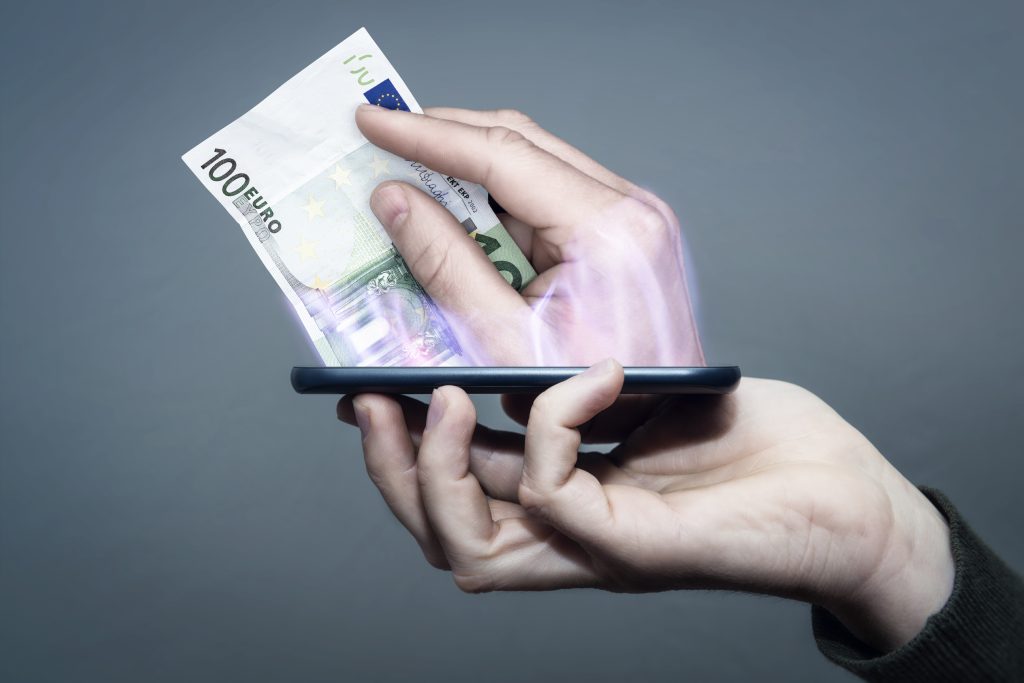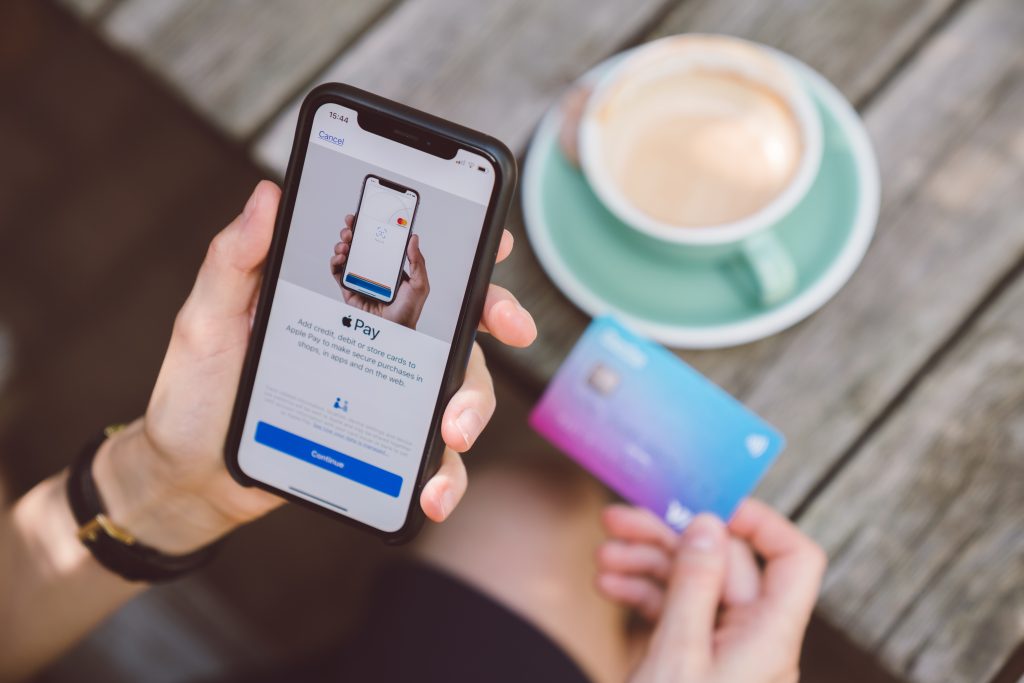


In this blog, we’ll discuss how digital wallets are reshaping air travel and enhancing the passenger experience—from booking and payments to in-flight services and beyond. Gone are the days of fumbling with cash or physical cards; digital wallets like Apple Pay, Google Wallet, and PayPal have made transactions effortless, both on the ground and in the air. With these technologies, airlines are now offering passengers a seamless experience that allows them to store payment information, loyalty rewards, and travel details in one place, accessible with just a tap.
Digital wallets have quickly become a popular payment method, and airlines across the globe are integrating these options into their booking and payment systems. According to IATA’s 2024 Global Passenger Survey, nearly 20% of passengers prefer digital wallet payments over traditional credit and debit cards. Not only do digital wallets offer speed and security, but they also provide a frictionless experience that aligns with modern travel preferences for convenience and efficiency.
A digital wallet is a smartphone app or electronic device that securely stores payment information, enabling transactions with a simple tap. Beyond just credit cards, digital wallets can also hold debit cards, loyalty program details, and even boarding passes. With this technology, passengers can pay for flights, food, and services at the airport and even on board without needing physical payment methods, making transactions quicker and often more secure.

The use of digital wallets isn’t limited to purchasing tickets. Today’s mobile apps allow passengers to book tickets, check in, and pay for onboard purchases, all through their digital wallets. For airlines, this digital transformation reduces costs associated with physical transactions and offers greater control over scheduling, as passengers are empowered to manage their own travel from their devices.
– Faster Transactions: Digital payments cut down on processing times, allowing passengers to check in, board, and pay for services more efficiently.
– Cost-Effective for Airlines: By reducing the need for physical check-in counters and paper tickets, digital wallets can help airlines lower operational costs.
– Enhanced Passenger Control: Passengers can manage every step of their journey, from ticketing to post-flight services, directly through digital wallets and airline apps.
American Express is one of the leaders in the digital wallet space for travel.
In 2016, American Express partnered with Delta, United Airlines and Alaska Airlines to create a digital wallet for airline miles that allows cardholders to earn rewards and redeem their points directly from their mobile devices.
The program has been so successful that Amex has expanded its digital wallet service to include other airlines like JetBlue and Southwest Airlines.
Alaskan Airlines’ Mileage Plan digital wallet is available on Android and iOS devices. It allows you to book flights, redeem rewards, and more. The app is also integrated with Alaska Airline’s website, making it easy to access your account from any device.
JetBlue’s wallet is called Fly-Fi, and it’s a mobile wallet that allows you to pay for things like food and drinks on the plane. The company says it wants to make flying more like being at home, so there’s no need to dig out your wallet when you want a snack.
You can set up a Fly-Fi account before you fly, or you can use your existing American Express card. If the latter option sounds familiar, that’s because this feature isn’t new—American Express has been rolling out its own digital payment system since 2017 called Bluebird by American Express. It works similarly to JetBlue’s Fly-Fi in that it offers credit card rewards but with fewer restrictions than other travel credit cards (like Chase Sapphire Reserve).
Skywallet is an e-wallet (digital wallet) really promising. It was presented to the RAM team during the RAM Digital Open Innovation Challenge held in Marrakech in June 2022. It was one of the innovative products that won the prize among PXCom. I had the privilege to interview Mohammed Amine Fairouk, senior software engineer of Royal Air Maroc, who worked on this project. According to him, Skywallet will make it easier for passengers to shop on board. It is an application generated by a QR code and must be installed on the passenger’s mobile. You can easily set up your account before you fly by providing your ticket reservation number and full name.
It offers seamless payment that can be used before, during, and after the flight. It’s like a payment platform connected to the airline’s system. It allows you to book flights, earn rewards through your FFP, redeem points and consume them in the Skywallet.
Pre-flight: You can book your ticket via the chosen airline’s mobile application, for example, Royal Air Maroc, or directly on their website. Then at checkout, you can choose Skywallet to pay. You can use it to pay for a seat and even for an upgrade.
In-flight: Make purchases on the airline’s marketplace: food, drinks, etc.
Post-flight: Book a taxi to get to your accommodation.
As travelers increasingly expect digital convenience, airlines are embracing digital wallets, often with biometric integration. Younger travelers, especially those under 25, show a strong preference for digital wallets and biometrics, with over 51% expressing interest in paying for travel this way. Airlines are responding by adopting these technologies not only to meet passenger expectations but to stay competitive in an evolving industry.
The rise of digital wallets is transforming air travel by enabling faster, safer, and more convenient payment options. As airlines move toward a more digitized future, they are not only enhancing the passenger experience but also streamlining their own operations. For travelers, this means a smoother, more flexible journey, where every step—from booking and payment to in-flight purchases—can be managed through a single digital interface.
In short, the digital wallet era has made traveling easier and more accessible, and we can expect these innovations to continue reshaping the industry in the coming years.
However, to enable digital payments, the airline needs to be able to identify a single entity that will be responsible for all transactions. This entity is called the MoR and it becomes the point of contact between passengers, airlines, and banks. It also has access to all relevant data about passengers and their transactions.
Issues arise when trying to determine who should be responsible for collecting this information from different parties involved in the process of making an in-flight purchase: airlines or banks? Should there be different MoRs for each airline? Or maybe just one for all airlines?
These questions need answers in order for digital in-flight concessions to take off!
We’ll discuss the MoR issues on our next month’s article. Stay tuned!
TRAVELER’S MICRO-MOMENTS Home Capturing the Traveler's Micro-Moments 26 April 2022 microMoments, Technology, traveler Time Is No Longer Measured in Days,…
IFE TO THE RESCUE Home WHEN IFE COMES TO THE RESCUE OF FLIGHT ATTENDANTS! 25 June 2022 Digital Services, IFE,…
Digital AD: IVT-FREE Zone Home DIGITAL INFLIGHT ADVERTISING: AN IVT-FREE ZONE 20 May 2022 Advertising, IVTFREE, Technology In late 2015,…